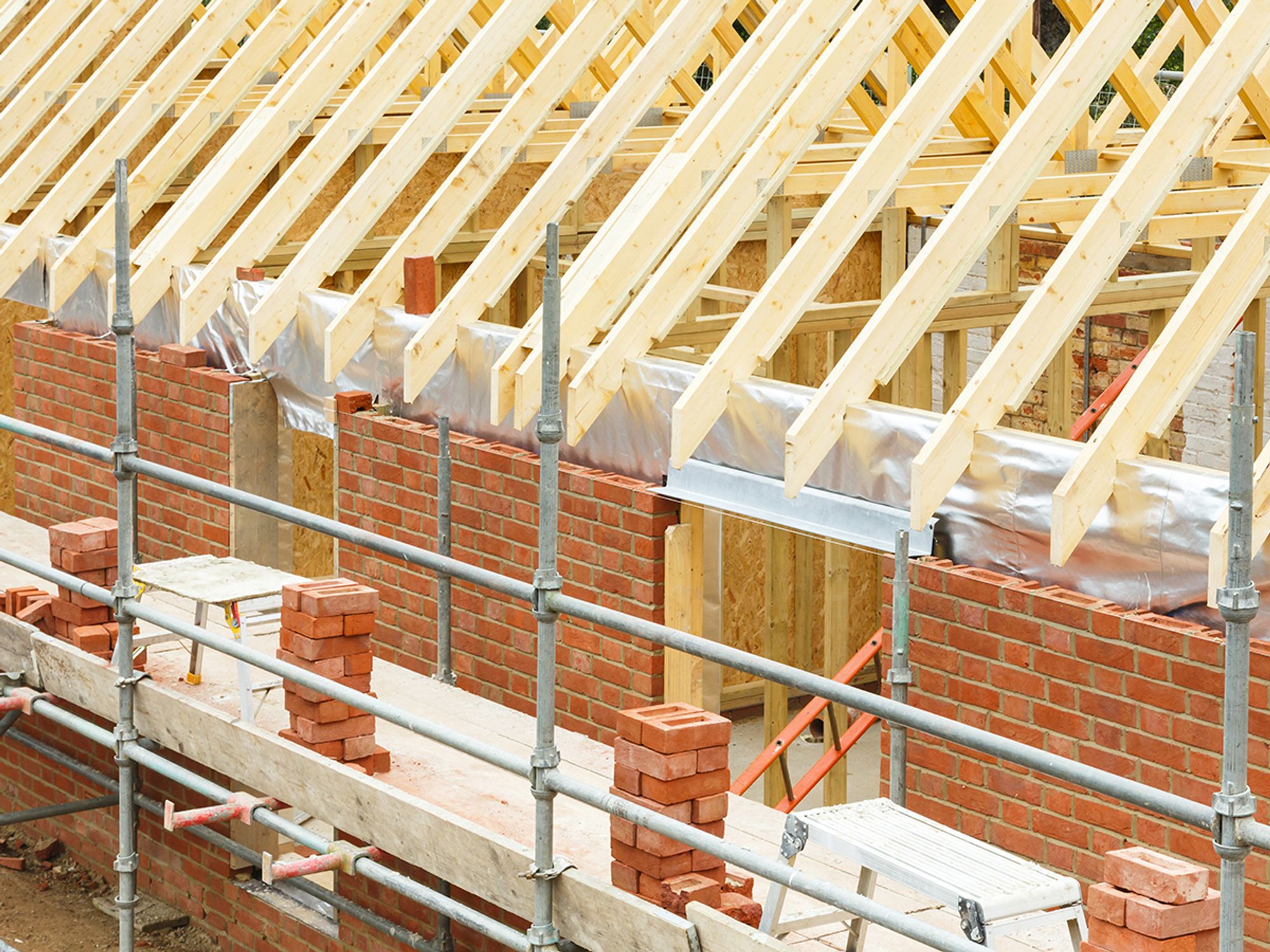Implement fall protection for workers performing overhand bricklaying and related work

- Employers must protect employees from falls while performing overhand bricklaying and other related work.
Protect workers performing overhand bricklaying and related work six feet or more above lower levels by one of the following systems:
- Guardrail systems
- Personal fall arrest systems
- Safety net systems
- Controlled access zones
The exception to selecting one of these methods would be if another provision in 1926.501 provides for an alternative fall protection measure.
Note that controlled access zones are not permitted to be used as protection for employees performing overhand bricklaying and related work who are exposed to fall hazards located within the zone such as hoist areas, holes, ramps, runways, and other walkways, and dangerous equipment.
In these situations, fall protection must be provided by compliance with the sections addressing the specific hazard. For example, a worker performing overhand bricklaying work near a floor hole would have to be protected by the requirements for hole protection.
Related work, as used in this work scenario, means mason tending as well as electrical work that must be incorporated into the brick wall during the bricklaying process.
Employees who must reach more than 10 inches below the level of the walking-working surface on which they are working must be protected from falls through the use of one of the following:
- Guardrail systems
- Personal fall arrest systems
- Safety net systems
